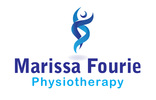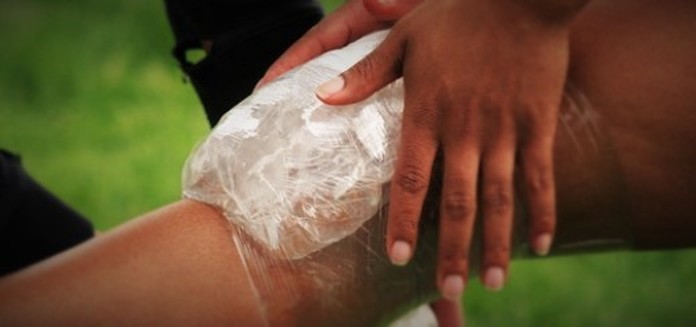|
On a cool summer’s afternoon, you decide on a comfortable jog in the mountain. Less than a kilometre into your run, you suddenly step into a hole emerging out of nowhere. With a nasty twist and a jerk, you drop down to the ground with a sharp pain shooting from your ankle. One hour later, you are lying on the couch with a blue, swollen foot elevated on a pillow. The icy sharpness and burning of the cold pack tightly wrapped around your poor lower leg makes you feel even more sorry for yourself. Your son’s crutches from last year’s rugby injury are on standby right next to you, and you will soon be hobbling back to the fridge to put the ice pack back to prepare for another torturing session in two hours’ time. But you know that this is what you need to do, right? In acute injury follow the RICE principle: Rest, Ice, Compression, Elevation. Surely this should resolve in no time then?
Well… no. In fact, you may be doing more harm than good to your recovering ankle. New research is bringing about a total revolution at how we treat acute injury. To understand the newer rationale, we first need to understand what happens when we hurt ourselves. What happens to the body during injury? Acute injury brings about tissue damage, and the body’s protective and recovery mechanisms immediately kick into place. Fighter cells are sent to the area to remove and digest dead tissue cells, and to kill off any potential foreign objects that may threat the body. Tissue healing starts immediately, and more oxygen and nutrients are needed in the area. All of this brings about a rapid increase of blood flow to the injured area, causing swelling, increased temperature and redness – all signs of acute inflammation. We need to realise that inflammation is a good thing. Without it, normal recovery will not be able to take place. How can we help our bodies to recover optimally? Firstly, we should not interfere with the body’s natural inflammatory process. Allow for normal regulated blood flow to the area, keep it moving and keep the tissue loaded. Secondly, we should respect pain and use it as an indicator of how much our bodies are able to do. Movement and relative loading of the joint is important, but should not be done to an extent where more tissue damage will occur. So what’s wrong with the use of ice and crutches…? Ice slows down the blood movement to the injured area, thereby delaying the process of inflammation and healing. Ice exposed directly to the skin often also causes damage to the skin and tissue. Although it may improve your pain on the short term, it causes stiffening of the surrounding joints, making movement more difficult and painful. Complete immobilisation by means of crutches takes away normal joint movement. Healing tissue is dependent upon normal joint movement in order to produce the correct type of fibres, aligned in the correct direction. Movement of the injured part also stimulates normal blood flow to the area, thereby assisting with inflammation and healing. Important: crutches are not altogether bad. If you can only take partial weight on the foot without pain, you should be using crutches to make sure that you have an optimal available movement. What is the new direction of thought? The acronym RICE (Rest, Ice, Compression, Elevation) is popularly replaced by MEAT (Movement, Exercise, Analgesics, Treatment). Let us look at this new kid on the block in more detail:
Is this a final goodbye to RICE? No, not necessarily. Fractures, ligament tears and many other serious injuries still needs to be splinted and immobilised; ice applied once or twice directly after injury will still help to ease the pain; and compression stockings will still assist those with chronic swelling of the legs. Crux of the matter is that, as health care practitioners and patients, we should shift our focus from simple recipe following to critical thinking. Careful evaluation is necessary, after which appropriate treatment modalities should be selected that will best address the specific injury. So whether using ice, exercise, pressure or painkillers, always think about why you are doing what you are doing. At the end of the day, treatment should always rest on the big rule of medicine: first do no harm.
0 Comments
|
AuthorMarissa Fourie is a physiotherapist in Stellenbosch with a special interest in musculoskeletal conditions, pediatrics, and post/prenatal health. Archives
March 2016
Categories
All
|


 RSS Feed
RSS Feed